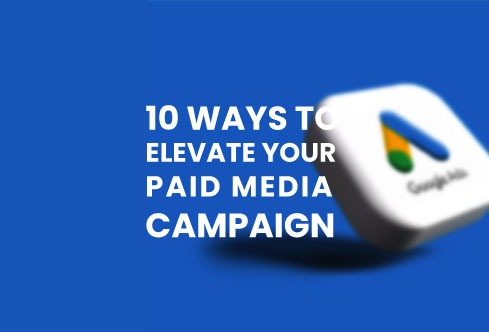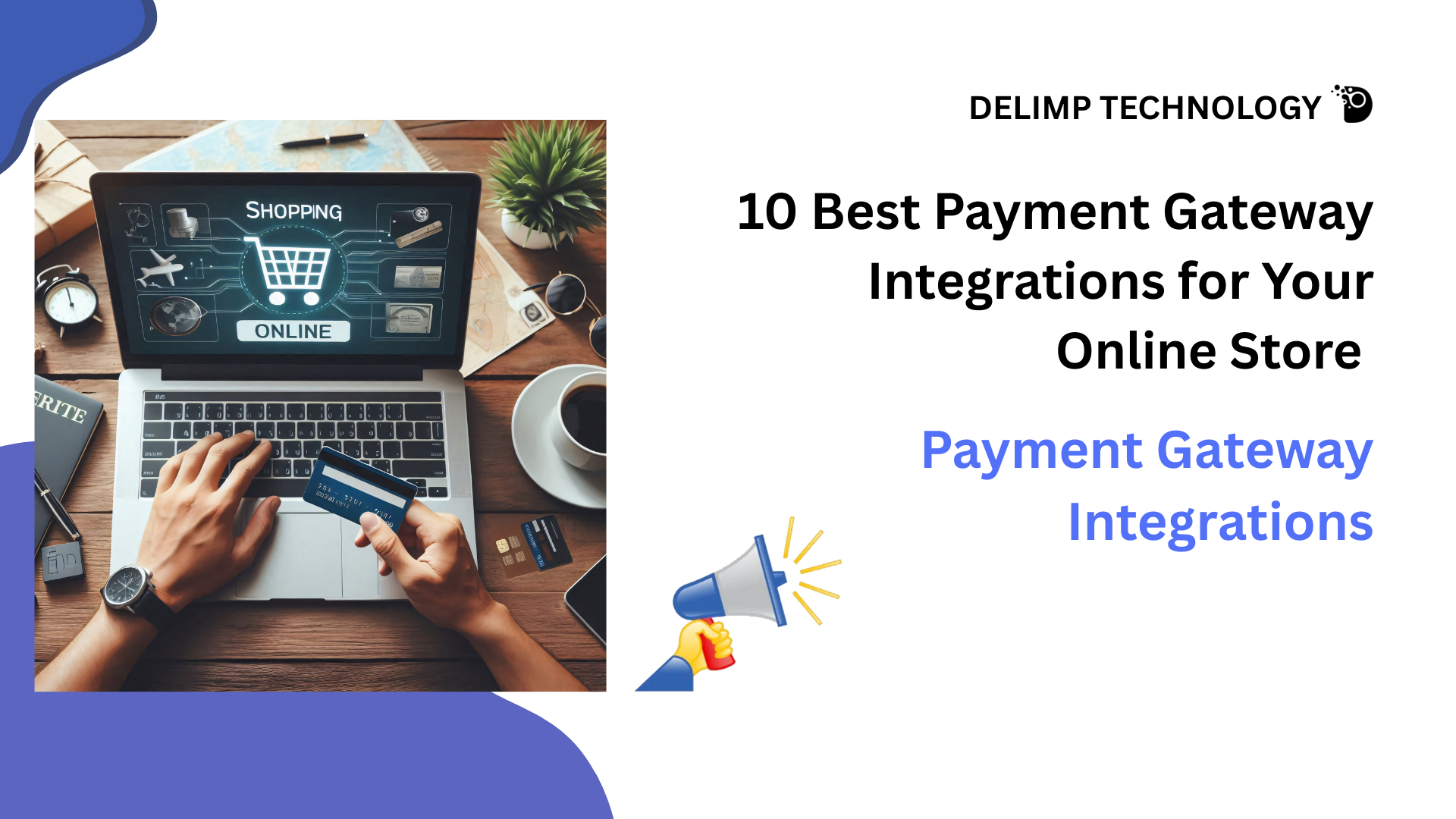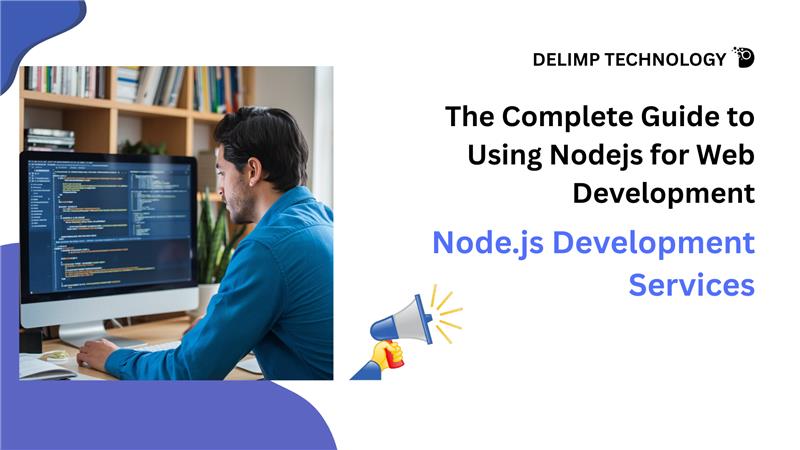Setting up Paid Media Campaign is time-consuming, especially if you’re starting from zero. You must first become acquainted with the platform. Then, upload all of your items, resolve any issues, and continue refining your keywords and bids from there. But what do you do once you’ve become used to it all? Do you want to improve your Paid Media Marketing Agency In Dubai initiatives or simply let them run?
Here are a few basic techniques to improve your digital marketing efforts so that they connect with your goals, industry, goods, and consumers.
1. Factor in Seasonality
Even if you don’t sell Halloween costumes or water skis, every business has seasonality! You may and should add in a yearly sale like Black Friday, a unique promotion your firm offers, or even simply a certain day of the week when sales normally increase.
Understanding your specific patterns and matching bids to them is often enough for many organizations. If March is a popular month, expect to do year-over-year comparisons and make adjustments appropriately. Dayparting is incredibly useful for dealing with weekly seasonality—more on that later.
Of course, if your company is very seasonal, you’ll need to be much more active. We discovered this personally when assisting a client that offers specialty seasonal goods such as bracelets for Breast Cancer Awareness Month and presents for Teacher Appreciation Week. All of the standard strategies failed, and we had to find out how to alter offers at the best moment to meet their seasonality. You may learn more about it here.
2. Run a Daypart Analysis
Every company owner understands that not all times of day or days of the week result in equal conversions. Some businesses are just more profitable than others! A solid daypart analysis will show you how many conversions you receive throughout each hour of the day and will assist you in adjusting bids to a lucrative level. This helps you to direct your spending more effectively, reaching out to your customers when they are most likely to buy!
3. Adjust Your Bids by Device
Do you know if your clients are more inclined to buy on mobile or desktop? Look for the Device Breakdown in Google Ads, or the Devices report in Google Analytics for a more comprehensive picture. Analyzing your device data, such as doing a daypart analysis, can help you accurately guide your expenditure. Ideally, you should aim for the same rate of return across all devices and make bid modifications to level the playing field.
4. Account for Location
If you want to target clients in a certain place, you may add zip codes, city names, or other geographical indications in your keywords. If you want to drive people to your businesses, you may activate text ad extensions such as the location extension or affiliate location extension. Pick-up in-store or curbside pick-up alternatives for shopping advertising may help you target customers who are ready to buy immediately! Learn how to use Python to generate hundreds of thousands of local keywords.
5. Include Offline Conversions
Don’t forget about offline sales if your business incorporates them. Offline sales might be linked to boosting your digital marketing activities.
If customers make phone transactions, you may combine their purchases with your digital marketing data by using third-party call monitoring software. One of our clients is a high-end jewelry shop that does a lot of business over the phone. We did just that for one customer, and we were able to increase the quality of their data, allowing them to make more educated decisions within their Paid Media Campaign. More information may be found here.
Develop an educated assumption of additional lift if you have in-store shoppers. The additional sales and income generated by digital advertisements (or other Paid Media Marketing Agencies that cannot be accurately ascribed are referred to as incremental lift. Essentially, you’re evaluating the additional impact your advertising has that isn’t captured by standard tracking.
6. Use Multiple Attribution Models
Multi-touch attribution distributes sales credit across several marketing channels during the buyer journey, providing a significantly more comprehensive view of your marketing efforts than single-touch attribution. Some advertising is more likely to expose people to your brand, but others are more likely to show towards the bottom of the funnel when your clients are ready to buy. Both are useful, but with single-touch attribution, only advertising near the bottom of the funnel will earn considerable credit.
If paid social paid media plan advertising is a significant portion of your budget, you should surely use a multi-touch attribution strategy. Because social media networks are frequently liberal with how they credit sales, you should take those figures with a grain of salt—multi-touch attribution allows you to do precisely that! Learn more about multi-touch attribution by clicking here.
7. Segment Queries According to Value
Did you know that you may categorize your inquiries based on buyer intent? By categorizing your inquiries as general, qualifying, or item-specific, you can account for each one’s unique conversion rate and improve your digital marketing efforts. This enables you to establish lucrative bids for each one and target more expenditure to the queries that are most likely to result in a sale. This is known as the 3-Tier Query Segmentation.
8. Add Negative Keywords
Negative keywords can assist you in better classifying your customers and directing your expenditure. Are there any phrases that just do not convert for your company? Perhaps there are some queries that you do not want your items to cater to. All of this may be managed with negative keywords.
These lists go beyond merely eliminating undesirable phrases. Strong negative keyword lists are essential for query segmentation, which we discussed before!
Do you want to understand how to collect negative keywords for your Paid Media Campaign? An n-gram analysis can be useful. Here’s how to build a paid media strategy.
9. Don’t Be Afraid to Branch Out
Why not extend out to Google Shopping if you exclusively advertise on Amazon? Why not attempt Google Search advertisements if you exclusively promote on Google Display? There are several digital advertising possibilities, and you might be shocked to hear that you can leverage cross-channel analytics to build your account on a new platform. For example, you may utilize Google Shopping keyword data on Amazon – and vice versa! Cross-channel information might potentially assist you in identifying hidden pricing issues.
10. Skip the Automation
Automated campaigns are much less work. They might work well as part of a larger PPC strategy, but offer limited control over your ad spending and targeting. Smart campaigns (and many other automated campaigns) hold you back from a lot of the things we’ve just talked about. Most AI solutions—including Google Smart Shopping—are BlackBox, meaning you don’t have full insight into how they work.
Consider switching to standard campaigns to truly make the most of your ad dollars. With manual bidding, you have full control of your account and full access to these customization options.





